China’s financing and investment spread across 61 BRI countries in 2023 (up...
2024-02-27 32 英文报告下载
One of our core reasons for being USD bulls since April 2018 has been the cyclical divergence that has been increasingly apparent between the US and the rest of the world, in particular Europe. After a strong 2017, the Eurozone economy started to falter in Q1 2018, and by early Q2 it was clear that a downtrend was underway in activity data. In contrast, this was the very moment that President Trump’s fiscal stimulus started to kick in and drive a much stronger growth profile in the US relative to the rest of the world (Charts 2 and 3). This led to a significant shift in rate hike expectations in the US, with the Fed actually over delivering through the course of 2018 with four rate hikes. Although the growth divergence is expected to narrow, the US still looks set to lead from the front from a cyclical perspective in HSBC’s growth forecasts.
Right now, this does not look likely. Charts 4 and 5 show the historical budget deficits for a range of developed market economies, and China as well as HSBC’s forecasts for the coming year. The direction of travel is clear. Most authorities have been running ever tighter fiscal stances since the global financial crisis. By contrast, our economists expect the widening of the US deficit to continue. Meanwhile, the shift to stimulus in China in 2016 is not set to be pushed further based on our economists’ numbers. So for the time being, we do not believe that the fiscal lever will be pulled to such a degree that it would cause a change in fortunes for the USD.
And even if other policy makers were to go down this route, there is a growing risk that it will be too little, too late. We would normally expect a combination of looser fiscal policy and tighter monetary policy to be currency supportive, as happened for the USD. But the last few years have shown how the relationship between these variables has changed (see FX Special: New thinking for fiscal loosening, (30 July 2019). Many G10 economies – but most notably the Eurozone – have seen growth slow to such a degree and inflation expectations fall so far that fiscal stimulus might not necessarily lead to a response of tighter monetary policy. It may be that fiscal loosening only acts as a substitute for monetary loosening (Charts 6 and 7).

标签: 英文报告下载
相关文章
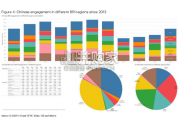
China’s financing and investment spread across 61 BRI countries in 2023 (up...
2024-02-27 32 英文报告下载
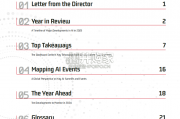
Though the risk of AI leading to catastrophe or human extinction had...
2024-02-26 53 英文报告下载
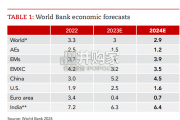
Focusing on the prospects for 2024, global growth is likely to come i...
2024-02-21 99 英文报告下载
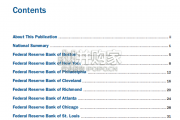
Economic activity declined slightly on average, employment was roughly flat...
2024-02-07 68 英文报告下载
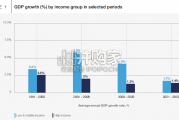
Economic growth can be defned as an increase in the quantity or quali...
2024-02-06 82 英文报告下载
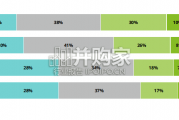
In this initial quarterly survey, 41% of leaders reported their organizatio...
2024-02-05 66 英文报告下载
最新留言